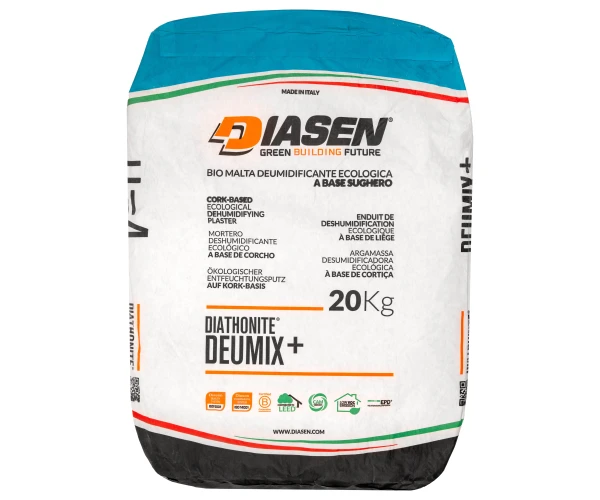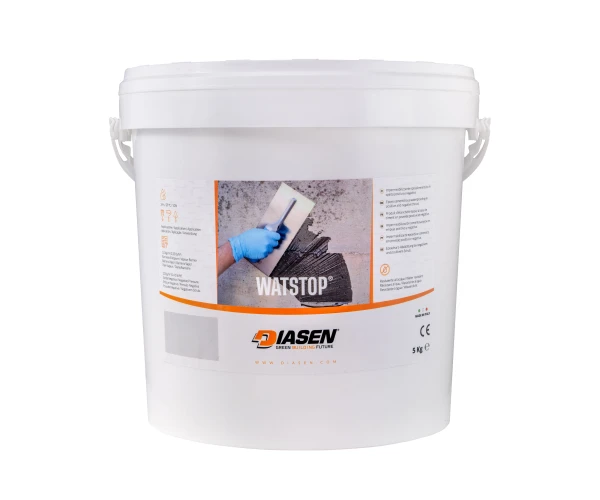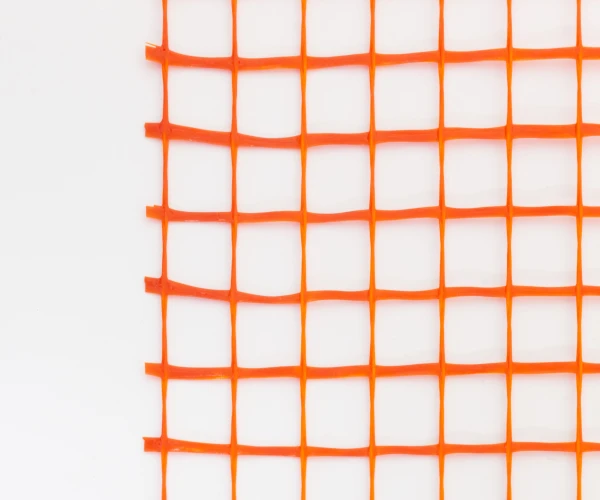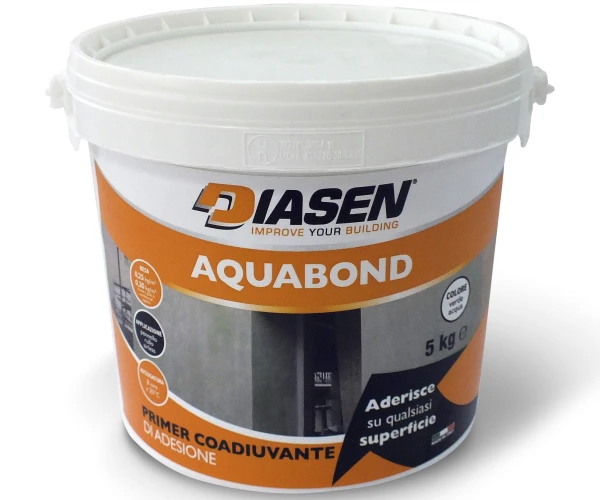Go to Section
Tackling Damp & Improving Thermal Performance At Heritage Cottage
Thursday 24th January 2019
Also in category: House insulation, Healthy living, Mould prevention
When Steven Wooldridge and his son Luke bought Glen Cottage with the aim of transforming the dilapidated property into a haven for holidaymakers, he knew it would be a labour of love to bring the cottage back to life without compromising any of its original character and charm. llias Igoumenidis from Ecological Building Systems discusses how thermal plaster has helped to transform this derelict 19th century cottage in the Cumbrian village of Allonby into a desirable holiday retreat.
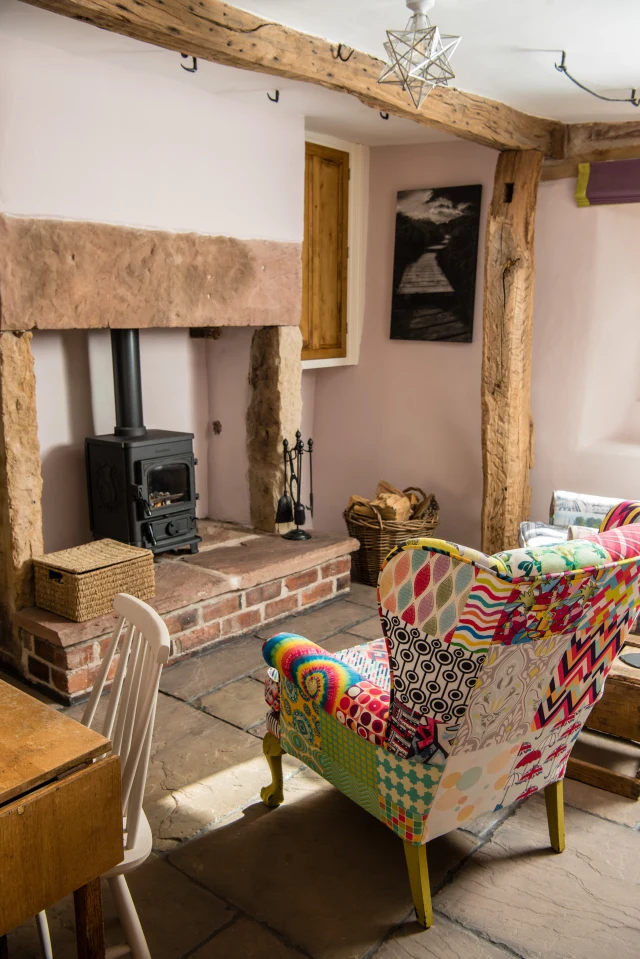
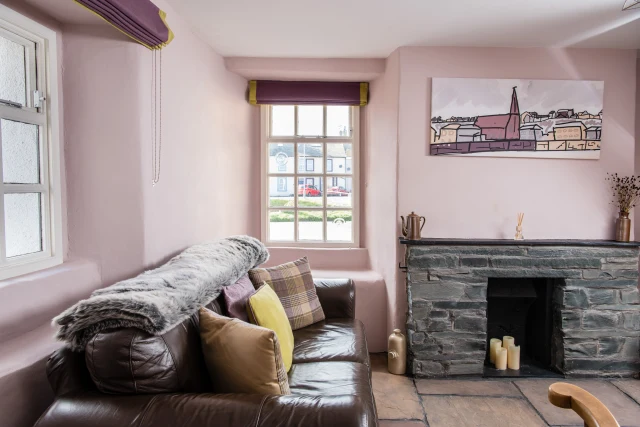
Blog author
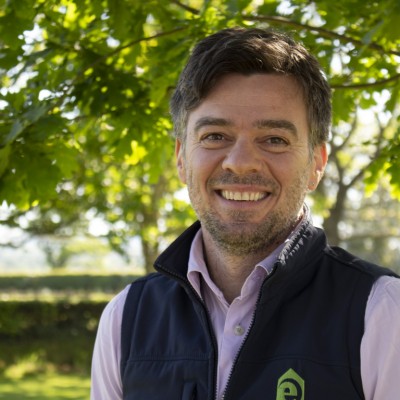
Ilias Igoumenidis
Technical Support Engineer (MEng Civil Engineer, CEPHD)
Born and raised in Greece, Ilias graduated from the Polytechnic school of Civil Engineers of Patras University and for many years ran his own Design and Construction company prior to joining Ecological. Since 2013, he has been heavily involved with low energy consumption in building projects. He was the first person in the Hellenic Passive House Institute to gain the International Certification of a Certified Passive House Designer. Ilias played a significant part of the first Certified Passive House project (Enerphit) in the south eastern Mediterranean area “Passivistas”.




